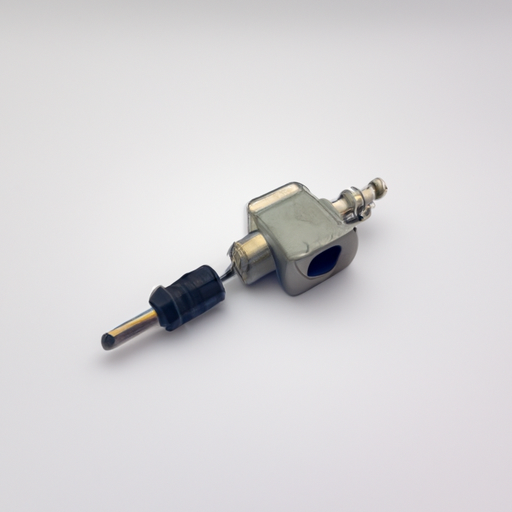Product standards for adjustable sensors are essential to ensure that they meet the necessary requirements for quality, safety, and performance. These standards help manufacturers produce reliable and consistent products that meet the needs of consumers and comply with regulations. In this article, we will discuss the product standards for adjustable sensors and why they are important.

One of the most important product standards for adjustable sensors is accuracy. Sensors must be able to provide precise and reliable measurements within a specified range. This is crucial for applications where even small errors can have significant consequences, such as in medical devices or industrial control systems. Product standards typically define the acceptable level of accuracy for a sensor and specify testing methods to verify compliance.
Another key product standard for adjustable sensors is reliability. Sensors must be able to operate consistently over time and under various environmental conditions. This includes factors such as temperature, humidity, vibration, and electromagnetic interference. Product standards often include requirements for durability, stability, and resistance to external influences to ensure that sensors can perform reliably in real-world applications.
In addition to accuracy and reliability, product standards for adjustable sensors also cover aspects such as sensitivity, response time, and resolution. Sensitivity refers to the ability of a sensor to detect small changes in the measured parameter, while response time is the time it takes for a sensor to react to a change. Resolution is the smallest increment that a sensor can detect or measure. These parameters are important for determining the performance capabilities of a sensor and are typically specified in product standards.
Product standards for adjustable sensors also address safety and regulatory compliance. Sensors used in certain applications, such as medical devices or automotive systems, may be subject to specific safety requirements to protect users and ensure proper functioning. Product standards may include guidelines for electrical safety, electromagnetic compatibility, and environmental regulations to ensure that sensors meet the necessary legal and safety requirements.
In addition to technical specifications, product standards for adjustable sensors may also cover aspects such as packaging, labeling, and documentation. Proper packaging is important to protect sensors during shipping and storage, while clear labeling helps users identify the type and specifications of a sensor. Documentation requirements may include user manuals, calibration procedures, and compliance certificates to ensure that users can properly install and use the sensor.
Overall, product standards for adjustable sensors play a crucial role in ensuring the quality, performance, and safety of these devices. By adhering to these standards, manufacturers can produce reliable and consistent products that meet the needs of consumers and comply with regulations. Users can have confidence in the accuracy and reliability of adjustable sensors, knowing that they have been tested and certified to meet the necessary product standards.





